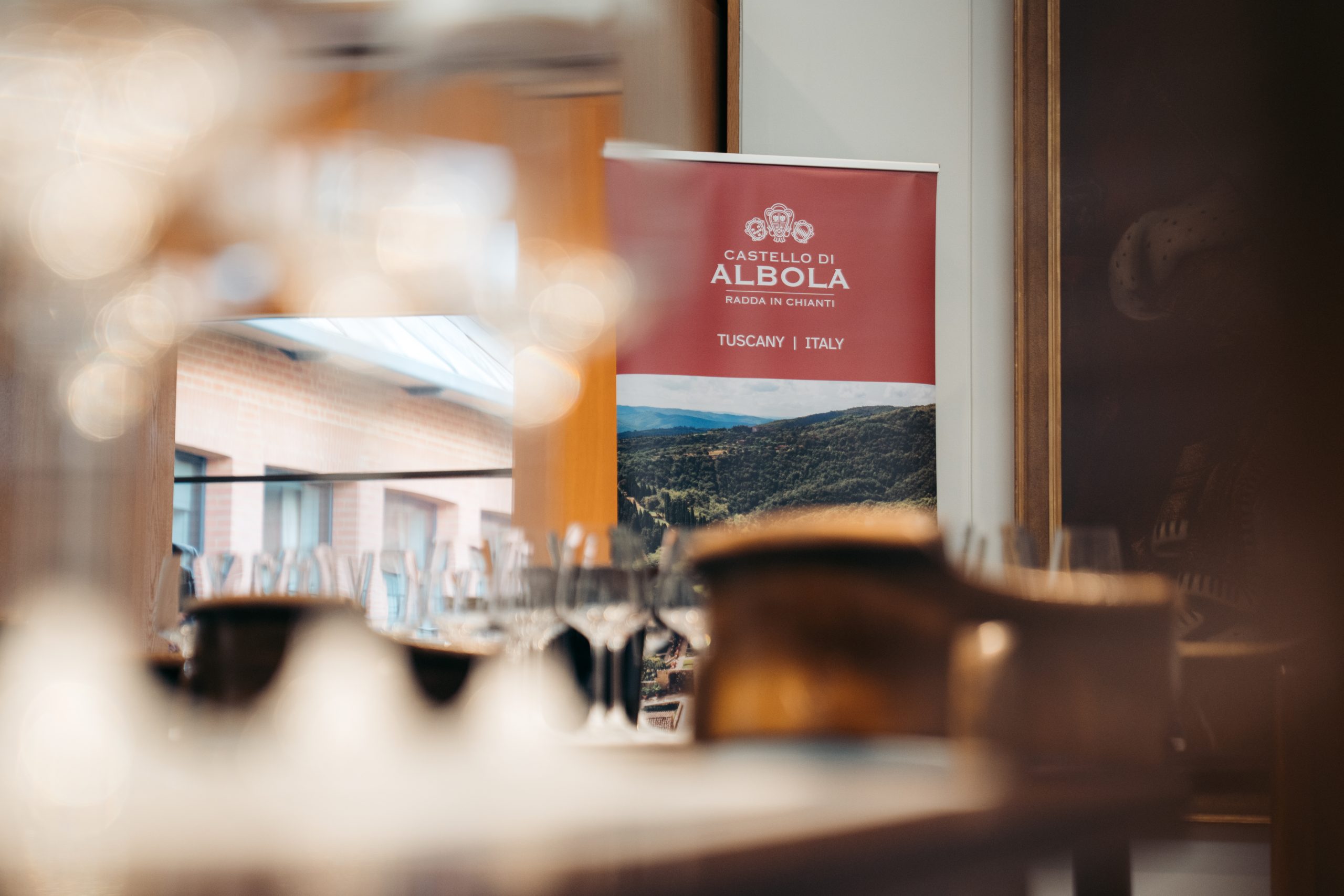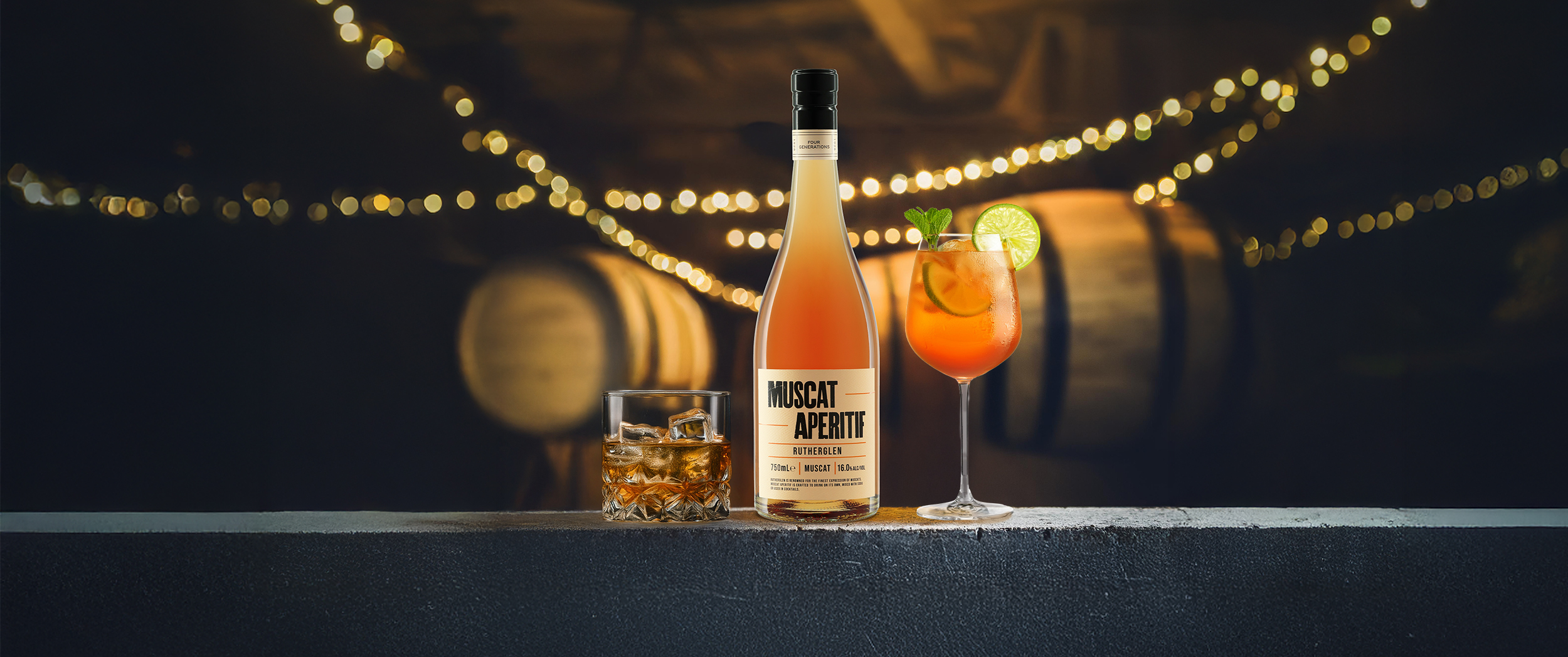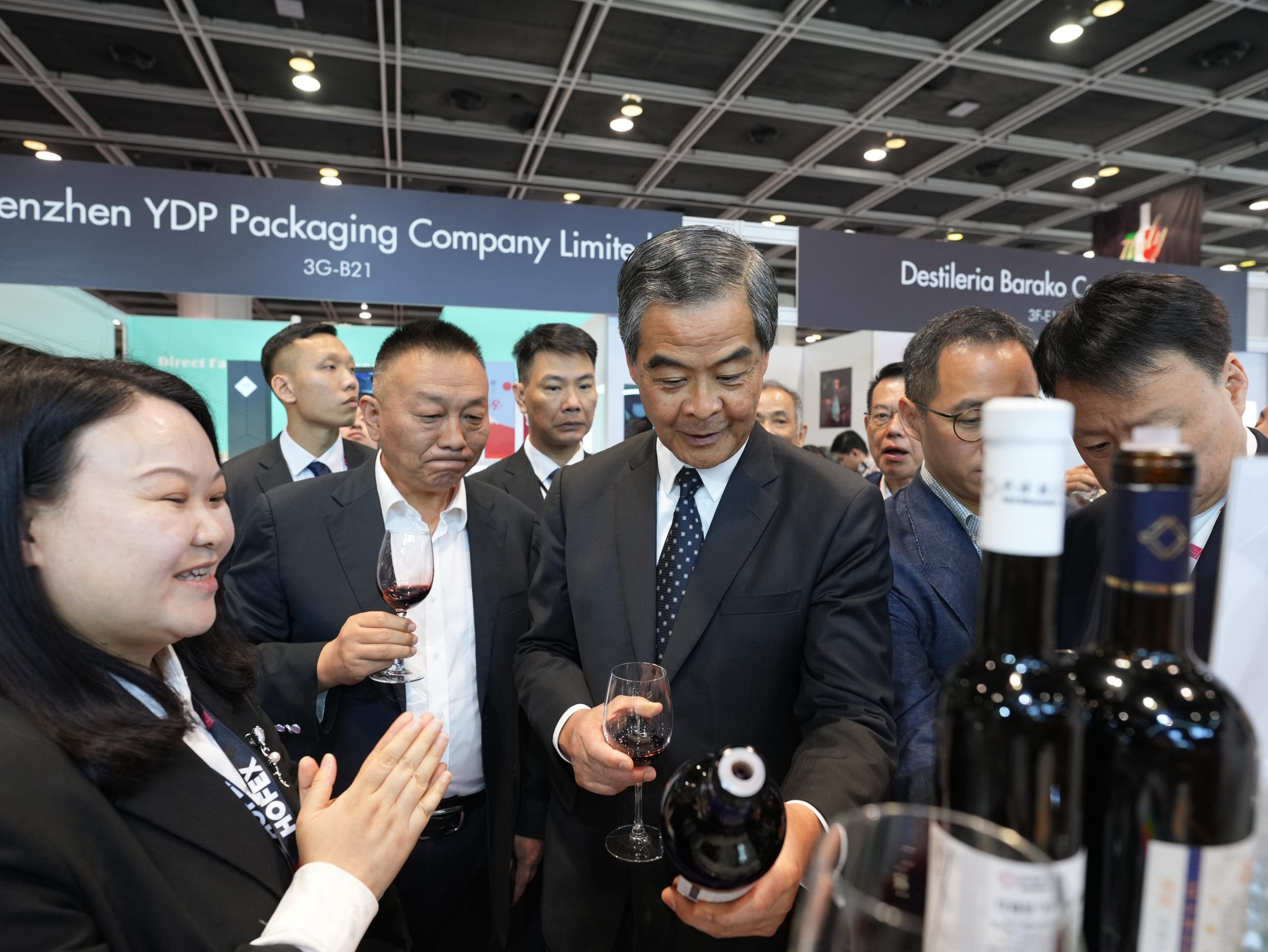Organic wine helps Australian makeover
Organic wine represents an important part of Australia’s reinvigorated premium push, believes the Angove team, which is busy expanding this side of its business.
Angove’s vineyards
“It’s about a point of difference and getting away from the tag of mass produced Australian wines with no regional identity,” maintained Jonathan O’Neill, regional export manager for Angove, which produces wine across South Australia with a growing emphasis on McLaren Vale.
The company already has around 200 acres of organic certified vineyard and, according to winemaker Tony Ingle, is in the process of converting a further 100 acres.
“It seems to be fitting the market place,” Ingle remarked in the wake of Wine Australia’s announcement earlier this month that it would be investing AUD$35 million (£17.2m) annually for the next five years in a bid to lift the demand and premium paid for its wine. “Everyone in the business is getting behind the idea that you just have to do a little bit more,” he continued. “It’s not like the 90s.”
Tracking Angove’s own evolution in this direction, Ingle looked back to the early 2000s as he recalled: “When we went into McLaren Vale, the first thing we did was to look at organics and biodynamics. We’re a family business so it makes sense to leave the vineyards in better condition for the next generation.”
While acknowledging “a fair amount of push back” against the idea when it was first mooted, Ingle reported that the vineyards had now recovered productivity after an initial drop off.
In particular he highlighted the region’s “shocker” cool, wet 2011 vintage as a vindication of Angove’s approach, noting: “Our organic vineyards performed best – they were balanced so we could get flavour ripeness earlier.” As a result of these observations, the company is now applying some organic treatments to its conventionally farmed vineyards.
“We’re seeing a lot of benefit,” remarked Ingle. “Better colour, earlier ripening, low alcohol and better skins so we can get nicer flavours without hitting it too hard.”
On top of the quality improvements derived from organic viticulture, O’Neill positioned this approach as a vital part of ensuring a sustainable future for the country’s wine industry. “Australia has a lot of issues with very old, fragile soils so we have to look after them,” he observed, flagging up ongoing concerns about water supply.
“It’s about growing up,” summarised Ingle, who suggested that consumers were responding favourably to this proposition. “Commercially it’s great for us,” he said of Angove’s organic range, which features a Shiraz/Cabernet blend, Sauvignon Blanc and Chardonnay, all retailing for around £9.99.
Partner Content
While these wines are all drawn from vineyards across South Australia, the 2013 vintage saw Angove introduce Wild Olive, an higher end organic McLaren Vale Shiraz with an RRP of around £14, which has been joined from the 2015 vintage by a Chardonnay.
O’Neill suggested that the company’s organic approach was proving a good fit for its target audience in the UK. “We do see that organic is growing in the on-trade and independents,” he told the drinks business. “It’s a good point of difference for them.”
O’Neill also noted the relatively small presence of Australia in the organic wine sector. “Australia was slow on organics – Chile and South Africa were much quicker,” he observed, “So there isn’t a lot of supply right now.”
Despite a growing focus on its McLaren Vale operations, Angove retains a strong link to the warmer Riverland region and already works with a number of organic vineyards here. “We’re even talking about converting 1,000 acres of Riverland in the next 10 to 15 years,” revealed Ingle.
While much of the Riverland is dedicated to bulk or large-scale wine production, Ingle stressed the higher priced, branded approach being adopted here by Angove. “We’re getting out of that commodity zone,” he remarked. “That’s what this organic range is about.”
At a time when many Australian growers are struggling to make a profit, O’Neill insisted that traditional sources of cheaper, big volume wine such as the Riverland were still key to the country’s wine industry.
“The Riverland and other warmer regions have an important role in getting people into wine,” he observed. “There’s still a strong place for Australia at an accessible, affordable price point, but that’s at around £9 not £5.”




